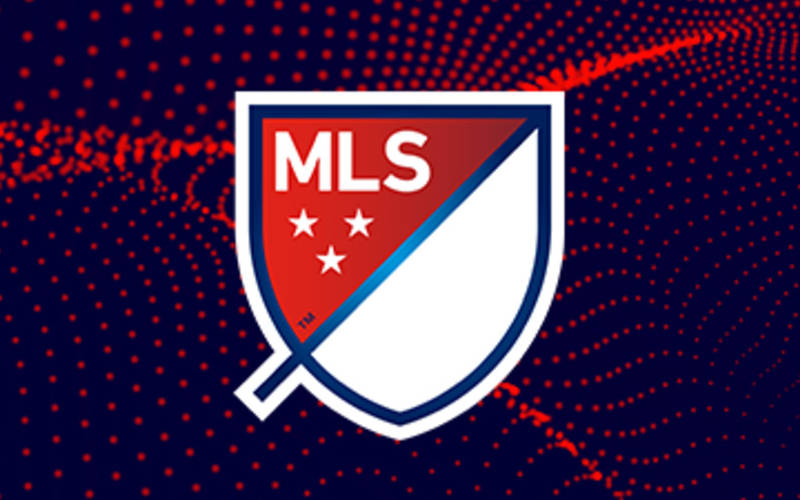In the world of soccer, acronyms are often used to describe leagues, clubs, and organizations. One acronym that is arguably more prominent than any other in the North American soccer landscape, is “MLS.”
The purpose of this article is not only to provide a clear understanding of what MLS stands for, but also to explain its significance within the context of North American soccer.
How MLS Started
MLS stands for Major League Soccer. It is the top soccer league in America, having been founded in December 1993 as part of the United States’ bid to host the 1994 FIFA World Cup. It only happened because FIFA, the international governing body of soccer, required that a professional league be established in the country to support the growth and development of the sport. After the successful hosting of the World Cup, MLS officially kicked off its inaugural season in 1996, with ten teams.
The early years of MLS were marked by a mix of excitement and challenges as the league sought to establish itself in the crowded North American sports market. The country hadn’t previously shown much interest in soccer, so initially, many teams played in oversized American football stadiums, which were not ideally suited for soccer matches. However, the league persevered, gradually building a dedicated fan base and improving its infrastructure.
Between then and now, the league has served as a platform for talented players from the United States, Canada, and other countries to showcase their skills and develop their careers. The league could have been short lived though, suffering a lack of support until around 2002, when the USA unexpectedly got the the quarter finals of the World Cup which spiked interest again.
The league has grown significantly since then, both in terms of the number of teams and the quality of play. Since 2005, the number of teams in the league has grown from 10 to 30, which is actually more than the Premier League in Britain, although the structure is different. What’s more, some world famous players have played Major League Soccer, such as David Beckham, Zlatan Ibrahimovic, Wayne Rooney, Thierry Henry, and Lionel Messi, all helping to boost its profile at home and abroad.
MLS Structure and Organization
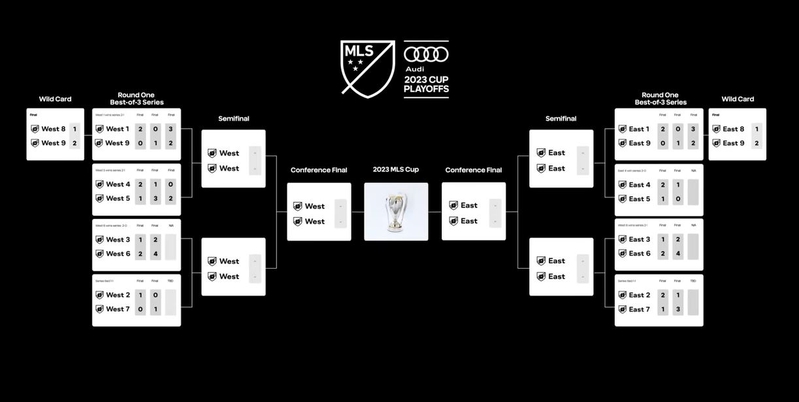
Major League Soccer comprises a mix of clubs from both the United States and Canada, with teams divided into two conferences: the Eastern Conference and the Western Conference. They play for two trophies; the Supporters Shield, and the MLS Cup.
Each team plays all teams in its own conference twice, once at home and once away, plus 8 teams from the other conference once, four at home and four away.
This is known as the regular season, and the club with the best record across both conferences is awarded the Supporters Shield.
It’s the MLS Cup that everyone really wants though, and this is won after the post season playoffs.
The top eight sides from each conference compete in conference playoffs, so the Eastern Confernece has a playoff, and so does the Western Conference. These are run side by side as knockout competitions, with the final therefore being played between one team from each conference.
The winners of the first round progress to the conference semi-finals, the winners of that game progress to the conference finals, and the winners of that game will be the last team standing from each conference, who will then face off against each other for the MLS Cup.
I go into a lot more detail on all of this here.
Relationship with Other Soccer Organizations
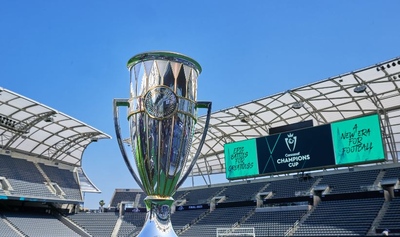
Major League Soccer maintains close relationships with various soccer organizations at the national and international levels. In the United States, the league works in conjunction with the United States Soccer Federation (USSF) to promote the sport and develop talent. In Canada, MLS collaborates with the Canadian Soccer Association (CSA) to support the growth of soccer in the country.
On the international stage, Major League Soccer is a member of the Confederation of North, Central America and Caribbean Association Football (CONCACAF), the regional governing body for soccer. This affiliation allows MLS clubs to participate in the CONCACAF Champions League, where they compete against top clubs from the region.
Four teams from the league qualify for this competition each year, although Canadian teams are exempt. Two US teams qualify based on their performance in the regular season, one from each conference, another qualifies by winning the MLS Cup, and the last place goes to the winner of the US Open Cup, a cross league soccer competition.
The Mission and Goals of MLS
Developing Local/National Talent
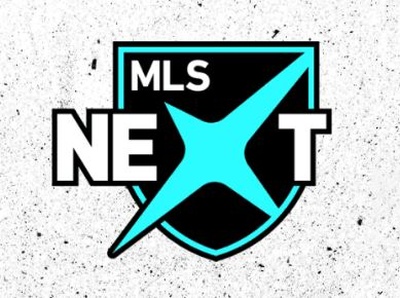 One of the primary objectives of MLS is to develop soccer talent within the United States and Canada. The league accomplishes this through various initiatives, but one of the big ones is the Homegrown Player Rule.
One of the primary objectives of MLS is to develop soccer talent within the United States and Canada. The league accomplishes this through various initiatives, but one of the big ones is the Homegrown Player Rule.
The Homegrown Player Rule allows clubs to sign players directly to first time rosters, rather than having to go via an allocation process like the MLS SuperDraft. There are also beneficial rules for home grown players regarding salaries, since each team has a seasonal salary cap.
This encourages clubs to invest in their own academies and develop local talent, which they can do by actively getting involved in youth soccer, often partnering with local organizations to provide coaching, resources, and support.
There is even a youth league called MLS Next run by Major League Soccer, and all MLS teams are encouraged to run a youth team of their own.
Promoting the League
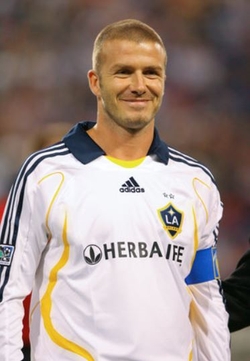
Major League Soccer aims to create a competitive and entertaining league that attracts more and more fans and engages communities. To achieve this, the league has implemented unique rules and structures, such as the Designated Player Rule, which allows clubs to sign high-profile international players without exceeding the salary cap.
This means teams can sign up to 3 players and pay them much more than they would otherwise be allowed, making MLS teams competitors on the international transfer market.
It was first introduced for David Beckham’s move to LA Galaxy, so is sometimes referred to as the Beckham Rule. This has opened the door for other huge global superstars to join MLS teams, providing greater excitement, interest, sponsorship, and talent.
Like most US sports though, the league does try to keep things competitive, so although these little loopholes exist, for the most part teams must adhere to salary caps and roster regulations, giving all clubs the opportunity to succeed. It keeps things competitive and unpredictable, as well as keeping fans engaged throughout the season.
MLS’s Impact on North American Soccer

Once seen as a niche sport, soccer is now much more mainstream in America, and that is largely thanks to Major League Soccer. It has played a pivotal role in the growth of soccer culture in North America, raising the profile of the sport, attracting new fans and inspiring a generation of young players. This growth is evident in the increasing number of soccer-specific stadiums, the proliferation of youth soccer programs, and the rising popularity of the sport on television and social media.
The development of soccer infrastructure and facilities across the continent has been quite something. Soccer-specific stadiums have become the norm for most clubs, and these modern facilities often include state-of-the-art training centers and academies, which support player development and help to nurture the next generation of soccer talent.
The league’s focus on nurturing homegrown talent and investing in youth academies has created opportunities for young players to develop their skills and pursue professional careers in the sport. This, in turn, has benefited the national teams of both the United States and Canada, as more talented players emerge from the domestic system and contribute to their countries’ international success.

